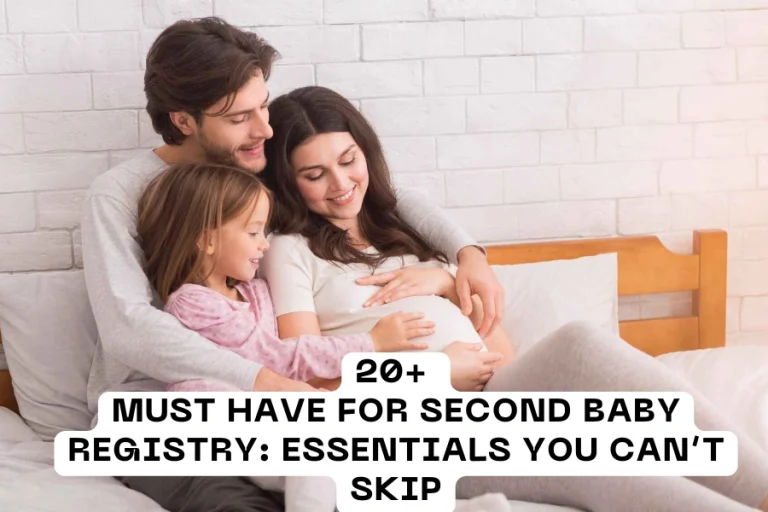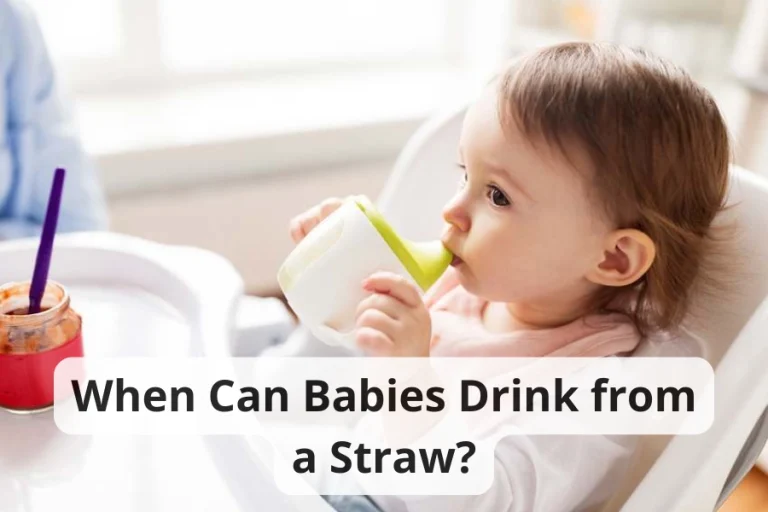
Babies have many first important milestones during their first few years of life. Weaning is one of the important milestones that babies have to learn in their first year. Now, all parents should know there are two feeding approaches: baby-led weaning and purees. So which feeding method is better? So let’s read this article to find the most suitable method for your babies as well as you.
What Are Baby-led Weaning and Purees?
Purees
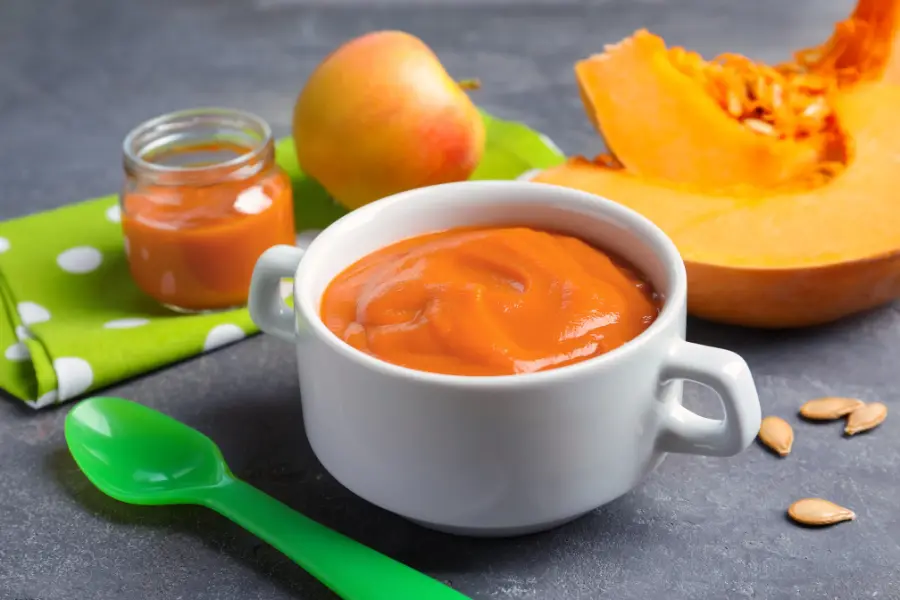
Purees is a traditional weaning method that most parents know and have try to feed their children many times. When the babies reach the age of weaning, the parents will start feeding the baby with weaning flour mixed with other minced foods such as vegetables, fish, meat, cinnamon, etc. And when the baby turns teething age, the parents will let their babies eat porridge and other soft side foods. Nowadays, many parents think that traditional weaning methods are no longer suitable with modern trends, but many children are still fed this way.
Baby-led Weaning
Baby Led Weaning (abbreviated: BLW) is an independent weaning method that parents only provide food and then let the baby choose the food they like. Your baby can decide on the amount of food and the speed of the meal. In this method, children have the right to eat or not eat a certain dish based on their personal preferences. Children can pick up food with their hands or use a spoon or fork to eat without any intervention from their parents. Self- directed weaning is a weaning method in which parents respect their child’s decisions throughout the eating process and the baby will explore and enjoy foods according to his or her wishes. This approach is a very modern type of weaning derived from Western countries and has only recently become popular all over the world.
Comparisons Between Baby-led Weaning and Purees
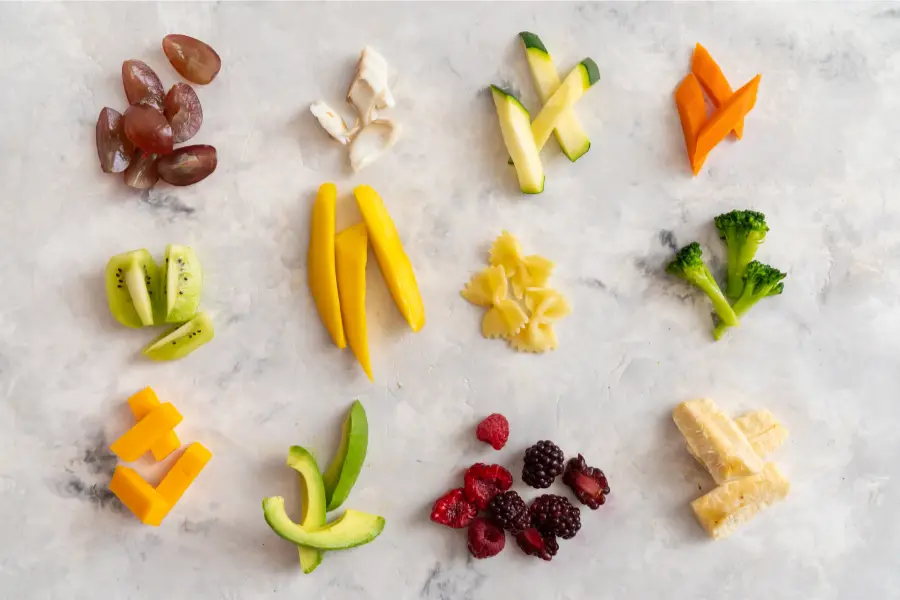
No matter the method, the goal of BLW and purees is to transition the baby to eating solid table foods and to fill in nutrition gaps between roughly 6 and 12 months. Two feeding methods have some similar points. However, they still have differences and result in different pros and cons.
| Comparisons | Baby-led Weaning | Purees |
| Similarities | Start from 6 months oldGradually increase from less to moreDiverse food group Keep drinking 400 – 500 ml of milk per day | |
| Differences | – Create independence- Time-saving- More food waste- Save money- Increase emotions in eating- Develop motor skill- Enjoy family meal- Messy mealtimes – Easy to accept new textures- No need to change different feeding styles- Unpredict a child’s diet | – Spoon-feeding – Time-consuming- Less food waste- Waste money – Picky eating- Limit motor skill- Hardly include in family meal- Clean mealtimes – Hard to accept new textures- Need time to change different feeding styles- Predict a child’s diet |
Through the comparison between the two feeding approaches above, BLW seems to have more advantages than the spoon-feeding method. Infants who followed the BLW method tended to have more diverse diets after six months of age. They were also more likely to eat foods from the family table compared to children who were fed traditionally with a spoon. Mothers who used BLW found it calm for both them and the child to eat independently through their children
For children, eating independently enhances a child’s sensory development and pays their attention to the foods being offered, rather than the person who serves the food. Children who have a chance to eat freely not only improve their nutritional self-feeding abilities but also develop their precision in grasping food and motor coordination. These babies become active in the entire eating process, unlike infants who don’t have an opportunity to eat food independently and remain passive during feeding. Moreover, this approach fosters healthier food preferences, as infants are exposed to a wider variety of foods and learn by participating in family meals.1
How To Change From Purees To Baby-led Weaning?
Babies have to self-feed with purees in order to get used to the process. Parents can pre-load a spoon to make it easier for them. Then, parents will offer a combination of purees and baby-led weaning table foods to allow your baby to get used to the new feeding method. Parents also try serving both types at the same meal, or doing one meal with purees and one meal table foods.
Depending on your baby’s age and developmental stage, parents will serve foods in safe sizes that promote self-feeding. Moreover, they have to ensure all foods are soft enough to squish between their babies’ fingers and thumb.
Which Food Should Avoid While Using Baby-led Weaning and Purees?
Even if parents are using one of the two feeding approaches above, both methods are simply weaning. Therefore, the foods that both methods need to avoid are almost the same. And here are some foods that we think babies should avoid or even do not wean.
Reports of heavy metals in baby foods are not regularly updated2. Therefore, reading this type of news could be scary to parents. However, there are steps parents can notice to reduce heavy metal exposure.
Some crops such as rice3 and root vegetables naturally contain heavy metals which are found in the soil they were grown in. That means we can’t completely eliminate them. So to reduce exposure, parents should lower the use of rice products if possible and feed your babies a variety of food groups, such as the following:
- Cereals made from grains such as oats
- Snacks made at home using whole ingredients
- Avocados, apples, bananas, and other fruits (but skip the fruit juice)
When parents start to train your babies try to wean, these are some food that babies should avoid common choking hazards such as:
- Dried fruit like raisins
- Hot dogs and sausage links
- Loose corn kernels
- Popcorn
- Raw baby carrots
- Raw apple chunks
- Sticky nut butters
- Whole grapes
- Whole blueberries
- Whole nuts and seeds
Moreover, when starting to wean, parents need to know that some kinds of food are not appropriate for babies who are only 6 months old and less than 1 year old. For example:
- Honey: It can cause botulism if introduced too early.
- Cow’s milk (as a drink): Using breast milk and formula as a primary beverage until your baby is 1 years old. But it is fine to use cow’s milk, cheese and yogurt in cooking or baking for babies.
- Choking hazards: Don’t use choking hazards such as nuts, seeds, raisins, hard candy, grapes, hard raw vegetables, popcorn, chunky peanut butter, and hot dogs during your baby’s first year.
The important thing is that as a precaution, parents must always stay with your baby while they eat to ensure they’re sitting up and not choking. And if necessary, it is best for parents to ask for advice and guidance from a pediatrician to choose the right food for their baby.
Which Food Should Avoid While Using These Approaches?
Although the majority of nutrition will still come from breast milk or formula, babies should absorb nutrient-dense solid foods and should provide additional sources of iron, protein, fiber, and healthy fats while they wean.
Iron-rich foods
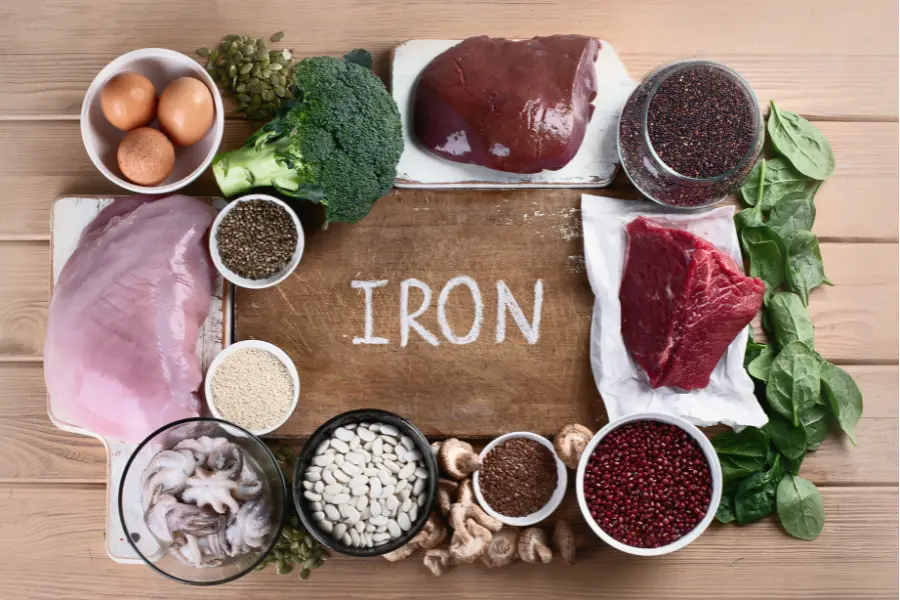
Iron carries red blood cells containing oxygen throughout the body. So this mineral is especially important during times of infants’ rapid growth. There are some foods which contain iron to help meet your baby’s iron needs:
- Beans
- Eggs
- Fortified breakfast cereal
- Lentils
- Poultry (chicken, turkey)
- Red meat (beef, pork)
- Seafood
- Tofu
Parents should combine with vitamin C-containing foods — such as citrus, strawberries, kiwi, tomato, and dark green vegetables — in the same meal so babies absorb iron best.
Protein-rich foods
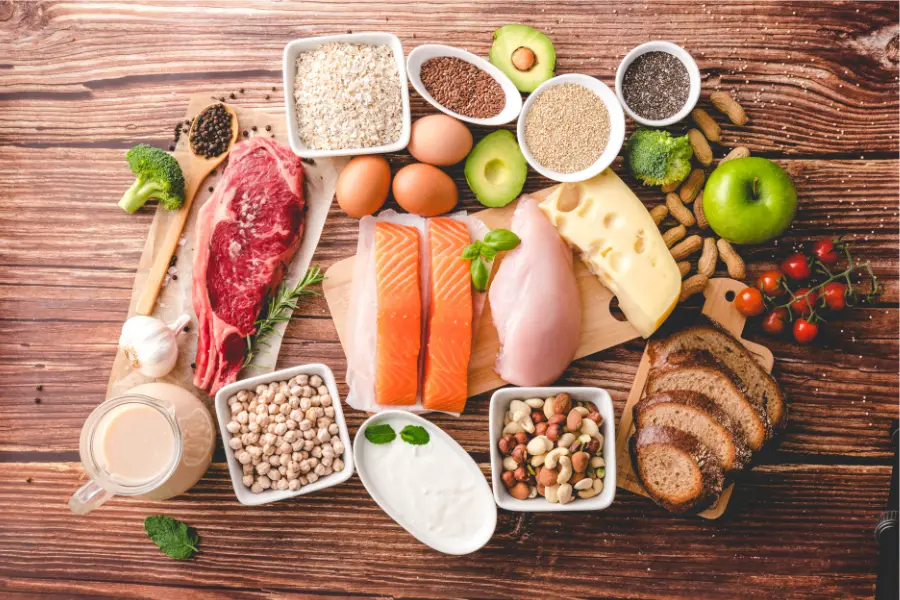
Protein is essential for the rapid growth that occurs during infancy. It supports muscle and other body tissues, forms enzymes for bodily functions like digestion and enhances the immune system. Beside breastmilk and formula, parents should add extra protein during the first year and consider meals made from foods such as:
- Cheese
- Green, leafy vegetables
- Nut butter (thinly mixed into other purees)
- Whole grains
- Yogurt
- Beans, fish, lentils, poultry (chicken, turkey), red meat (beef, pork), tofu not only contain rich iron but also protein.
Fat-rich foods
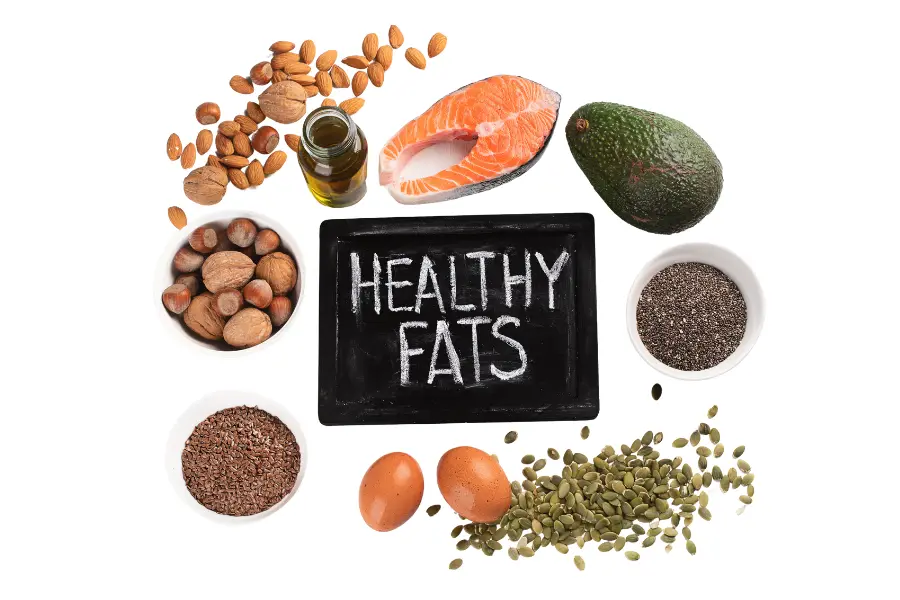
Fat provides vital energy for babies and underpins the development of the brain and central nervous system.Several fats are necessary such as linoleic acid (LA), omega-3 fatty acids, and omega-6 fatty acid. They must be obtained from dietary sources as they are not made by the body. To provide enough your baby’s fat needs, parents consider these following foods:
- Avocado
- Butter
- Chia seeds
- Fish
- Full-fat yogurt
- Ground flaxseeds
- Nut butter (always mixed thinly to mitigate choking hazard)
- Olive oil
Fruits & vegetables
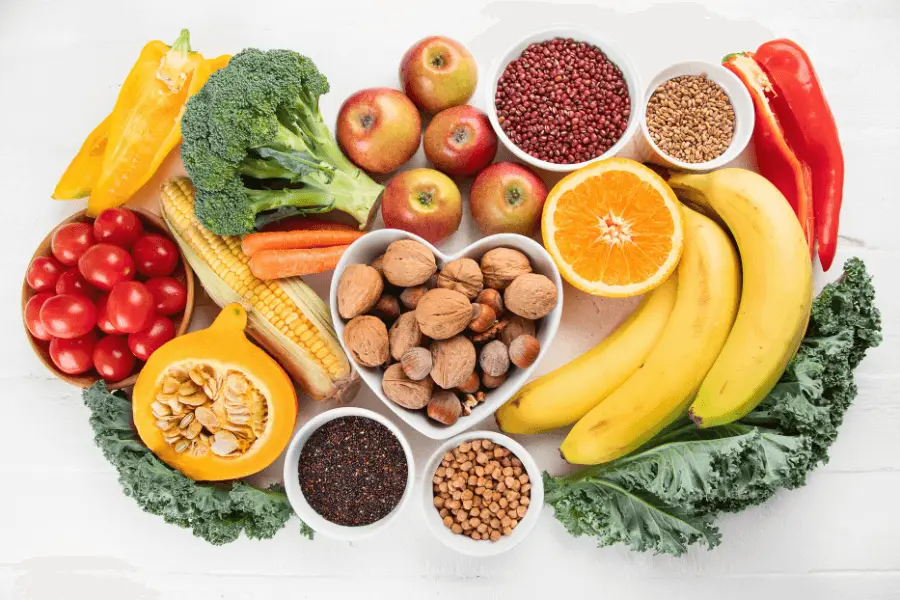
Last but not least, fruits and vegetables are good choices to feed your infant. They contain essential vitamins, fiber, antioxidants, and minerals, and they aid babies to taste an array of flavors and help them accept diverse foods later in life.
Fiber is essential for a baby’s digestion. Many of the baby prepacks (like crackers or boxed foods) and all animal-based foods are deficient in fiber. Below are some various fruits and veggies that is suitable to wean such as:
- Apples
- Avocado
- Banana
- Blueberries
- Broccoli
- Butternut squash
- Cantaloupe
- Carrots
- Cauliflower
- Cherries
- Cucumbers
- Grapes
- Kiwi
- Mango
- Peaches
- Pears
- Plums
- Potatoes
- Pumpkin
- Raspberries
- Strawberries
- Sweet potatoes
- Tomatoes
- Watermelon
- Zucchini
Closing Thoughts
Choosing a feeding method depends greatly on the child’s health status, interests, development, etc. And no matter what method parents choose, they need to pay attention to nutritional ingredients, food size, etc. Children’s eating is never simple, but don’t feel discouraged and give up because of that. If necessary, don’t hesitate to ask your pediatrician to get your questions answered about your kids.
Sources
- Białek-Dratwa A, Soczewka M, Grajek M, Szczepańska E, Kowalski O. Use of the baby-led weaning (BLW) method in complementary feeding of the infant—a cross-sectional study of mothers using and not using the BLW method. Nutrients. (2022) 14(12):2372. 10.3390/nu14122372 ↩︎
- Consumer Reports (2021). Congressional Report Finds More Problems With Heavy Metals in Baby Food. ↩︎
- TatahMentan, M., Nyachoti, S., Scott, L., Phan, N., Okwori, F. O., Felemban, N., & Godebo, T. R. (2020). Toxic and Essential Elements in Rice and Other Grains from the United States and Other Countries. ↩︎



